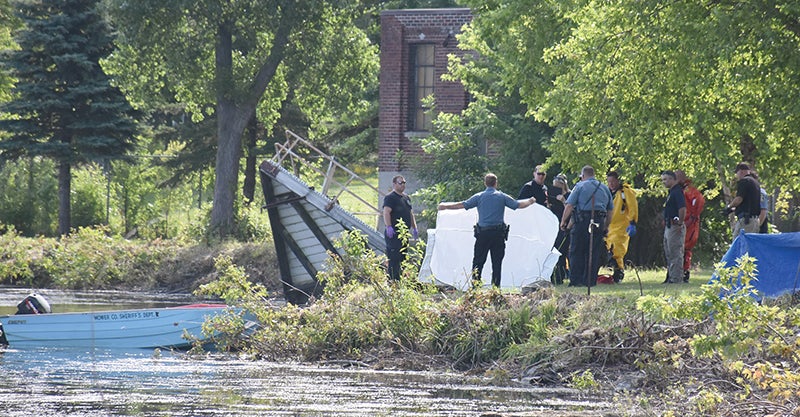Leafing for a fall getaway
Published 12:00 am Thursday, September 7, 2000
As the Minnesota weather begins to cool off, so does the tourism industry in the state.
Thursday, September 07, 2000
As the Minnesota weather begins to cool off, so does the tourism industry in the state. But it’s not too late to take a mini-vacation to appreciate some of the natural beauty Minnesota has to offer.
From hiking to driving to canoeing or kayaking, there’s plenty of ways to enjoy the bright palette of colors that autumn slashes across the state. And each part of the state offers a different view.
But don’t wait too long to plan a fall getaway or day trip; there’s only four weeks to catch the colorful show.
The most northern part of the state changes colors first, with the peak season from mid to late September. North central Minnesota, and much of the Lake Superior shoreline, is at its peak from mid September to early October. The central part of the state, including the Metro area and the river valley, sees peak colors from late September to early October. South central Minnesota’s colors are at their best from late September to mid October. The southeast portion of the state hits its peak from early to mid October.
For "News on Hues," a twice-weekly update of the fall colors, contact the Minnesota Office of Tourism at 1-800-657-3700. The fall color report begins the second week of September and continues through the third week of October. Experts at Explore Minnesota can also plan an autumn getaway.
Why do leaves change color?
Southern Minnesota can often pale in comparison to the colorful displays of red, orange and yellow seen across the northern part of the state. There are a couple of reasons for that, according to Terry Dorsey, a science teacher at Austin High School.
The loss of chlorophyll, the substance in leaves that make them green, is what causes leaves to change colors. As the light changes and the chlorophyll dies off, other less-dominant colors are revealed.
"The brilliancy and how long the colors will last depend on the weather," Dorsey said.
The sugar maple offers some of the most brilliant colors, but there aren’t a whole lot of sugar maples in the Austin area.
That’s one of the reasons why it seems there’s a wider variety and more brilliant colors in the northern part of the state.
"Here there’s a lot of oak, which change to yellow and brown," Dorsey said.
Also from the Twin Cities to Brainerd, there’s red oak, which turns to a brilliant maroon, plus white oak. In the Twin Ports, Duluth area, there’s aspen that turns a brilliant yellow.
In addition to not having the trees that produce the most brilliant colors, perception plays a part.
"In Duluth, where they have the Aspen that turn a brilliant yellow, there’s evergreens, and that brilliant yellow is obvious against the green," Dorsey said.
Plus gray, misty skies also makes the colors look brighter and more brilliant, he said. And that extra moisture affects the color intensity of the leaves as well.





